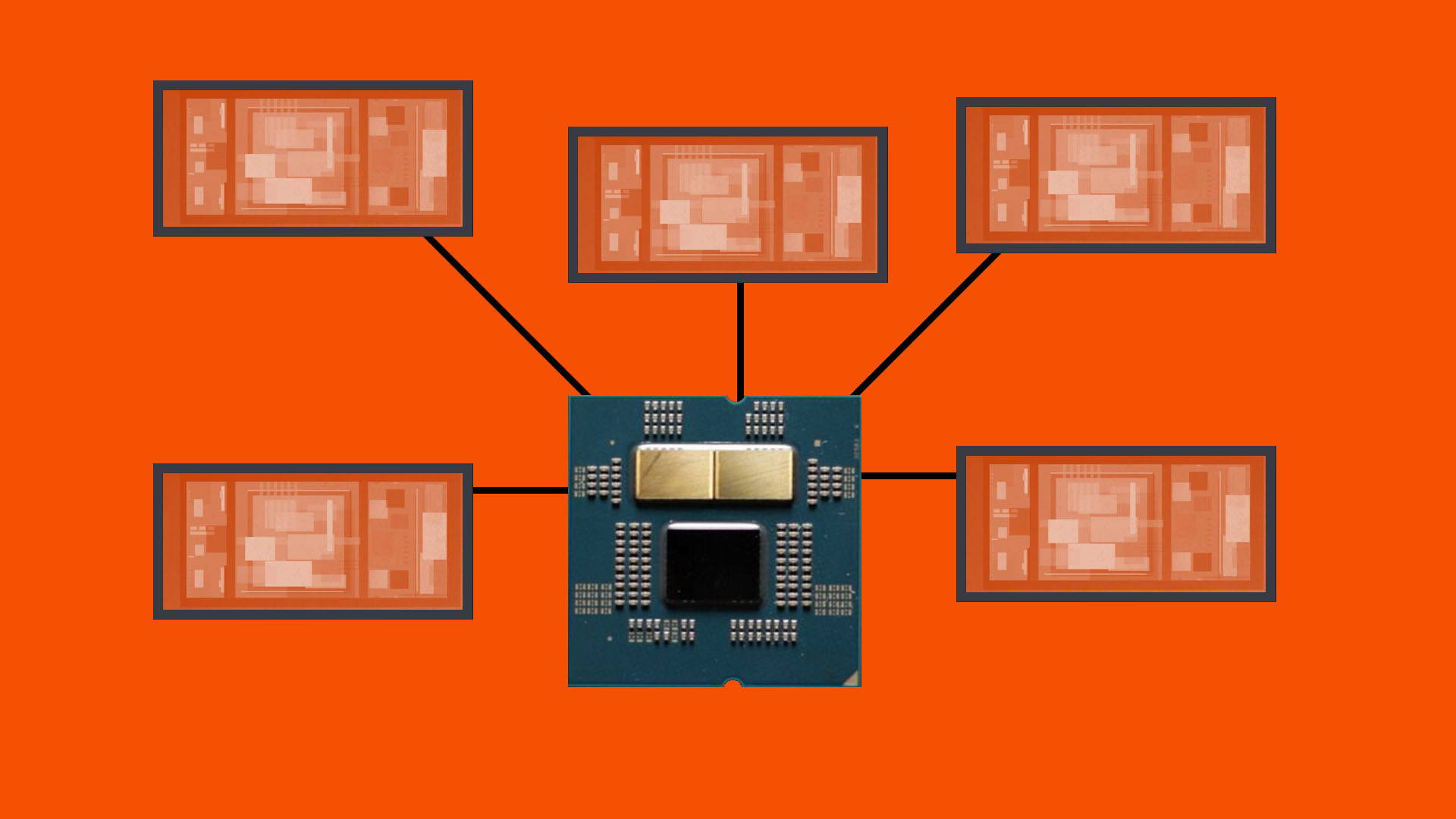I feel like I’ve been hearing about AMDs “next” CPU having dozens of cores on a bunch of chiplets for the last few generations, then the main gaming consumer parts end up with 6 or 8 or something.
Most games can’t take advantage of more than a couple cores anyway, and the high-core-count CPUS often sacrifice a little clock speed.
The optimal gaming CPU is like 4-8 cores but with a high clock speed. The 32+ core machines are for compute heavy tasks like CAD or running simulations. Sometimes compilers.
I thought they were already up there on Threadrippers, or am I misunderstanding and that’s either not counting as a CPU or not a single die?
Threadripper 7000 went up to 64 cores with 8 dies (excluding IO die) , so 8 cores per die.
Doesn’t c stand for e-cores? Packing up to 32 e-cores must be easier than with normal cores.
Also kinda wish they went the other direction a little, cut cure counts and put more cache across all levels on some cores instead for better single thread performance, a ‘very big’ core so to say. Intel’s cache sizes have been larger then amd since alder lake and there stayed competitive despite their process node disadvantage
Not quite an e-core but the goal is the same: Make more efficient use of the available die space by packing in more, slower cores.
The difference is that Intel’s e-cores achieve this by having a different architecture and support less features than their p-cores. E-cores for example do not support multi threading. E-cores are about 1/4 the size of a o-core.
AMD’s 4c cores support the same features and have the same IPC as full zen 4 cores but operate at a lower clock speed. This reduces thermal output of the core, allowing them to pack in the circuitry much more densely.
Undoubtedly Intel’s e-cores take advantage of this effect as well and they are in fact quite a bit smaller than 4c: a 4c core is about 1/2 the size of a zen 4 core. The advantage of AMD’s approach is that having the cores be the same simplifies the software side of things.
AMD’s c cores aren’t quite the same as Intel’s e cores. Intel’s e-cores are 1/4 of the size of their P cores, while AMD’s c cores are about the same size as their standard cores, but a bit more square shaped geometrically.
Intel’s e cores are completely different architectures from their p cores, while the only difference between AMD’s cores are a bit less cache and a bit lower frequency.
Intel’s are like comparing an Raspberry pi core to a full x86 core, while AMD’s is like a lower binned regular core.
AMD has “big” cores, too. Their 3d vcache models trade multithreaded performance for more cache. Their “3 core tiers” approach is very obvious in their server line up:
https://www.servethehome.com/amd-epyc-bergamo-epyc-9754-cloud-native-sp5/
Is there really a need for them?
The c variants of zen are for cloud and are more compact variants of the full zen 5 cores, they generally want as many cores in as compact a format as possible.
We might see 5c show up in SoCs (like the chip in a hypothetical steam deck 2) as well because they want their chips to be as small as possible so they can price their devices as competitively as possible. I don’t think we will see those go up to 32 cores however as there is indeed no need for that many cores on consumer chips.
I wonder if/how that will affect temps?
Probably negatively, but also likey not enough to matter. CPUs these days run pretty cool.
Were a long way from the days of an idle Pentium 4 at 75C
We’re in the days of Intel’s top chips degrading themselves in a matter of weeks due to thermals being simply unmanageable under anything less than a beefy 360mm AIO or custom loop cooling at stock settings
CPUs these days run pretty cool.
Thought the AMD CPU ran around 90 celsius?
My Ryzen 3900X idles at around 50C, although that’s a few generations ago now
My Ryzen 3900X idles at around 50C, although that’s a few generations ago now
There seems to be a big difference between older CPUs and the newer ones, where the newer ones are running a lot hotter now under load.
I personally use a 5800X and it gets to 90c often.





